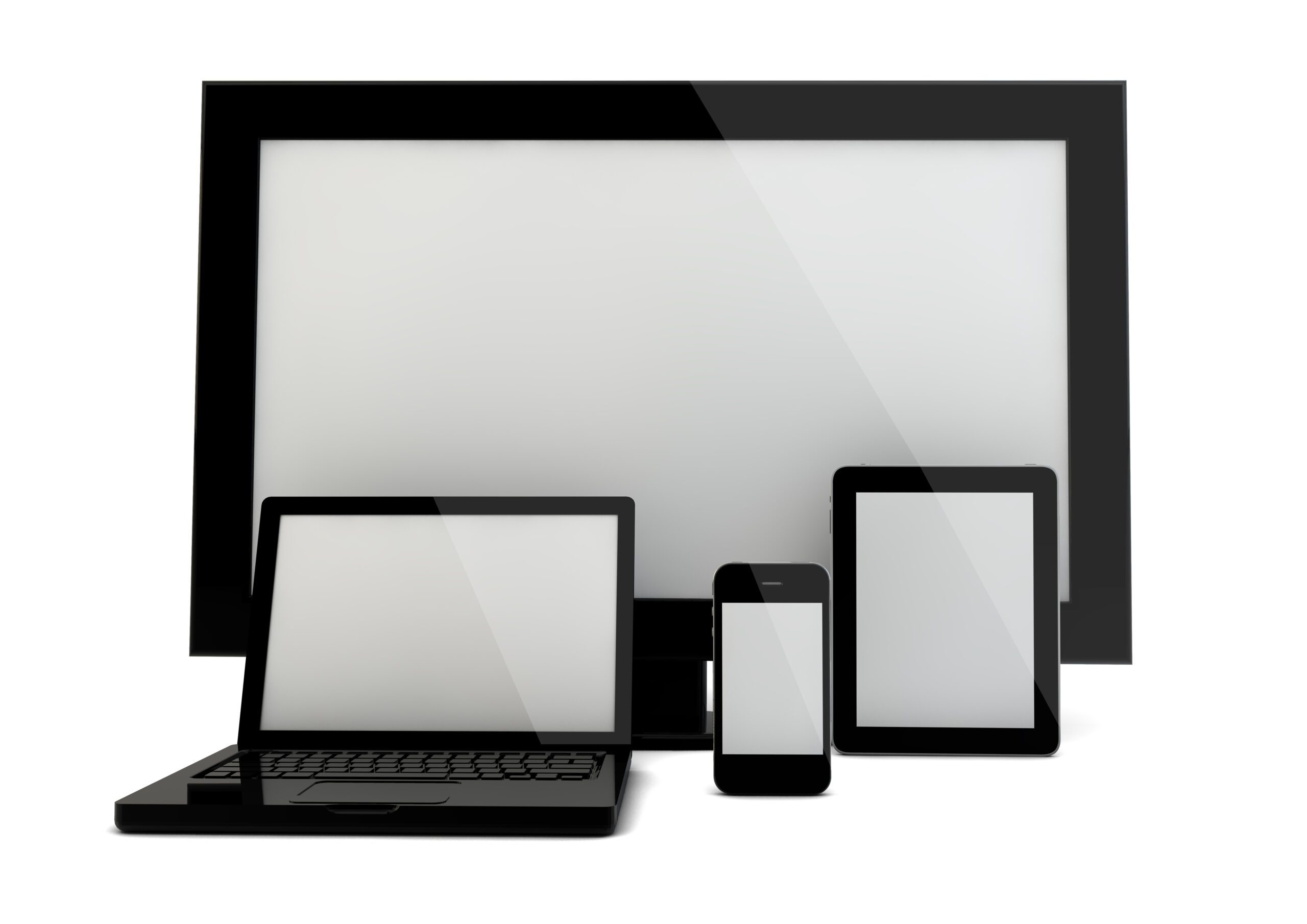
Written by Ascari Pena
The dictionary defines attention as “notice taken of someone or something”. Today, our attention has been divided into multiple ‘somethings’. With the evolution of technology, consumers have an enormous number of places that their eyeballs can focus. In 2016, media consumption in the United States amounts to over 12 hours of our day. Digital media, television and radio still dominate our time, with digital platforms leading the way at nearly six hours of our day. Marketing firms debate every single day as to where they should be spending their advertising dollars and efforts to speak to their targeted demographics. As attention is becoming extremely segmented, where is the advertising dollar best spent?
Video
Last year, Nicola Mendelsohn, the Vice President for Facebook in Europe stated that Facebook would be “all video” by 2021. Living in a world where everything is needed to be “Twitter length” or less (140 characters), consumers are demanding more video content to catch their attention. Consumers have become video centric and have found difficulty is consuming text content that is longer than a few sentences.
Non-traditional Television and Cutting the Cord
As cable peaked in the early 2000’s with over 68.5 million subscriptions, cord cutting has become an unavoidable trend for marketers to notice. While having 5,000 channels used to be the cool thing to have, now having access to commercial free and stream lined services such as Netflix and Hulu is the way to go. Twice.com reports that 25% of TV homes do not pay for traditional television. Millennials do not see the value in these services and simply cannot afford it with the rising costs of living and student debt being a large cost burden. Large advertisers, marketing agencies and digital marketing companies are taking full notice of this millennial spear-headed consumption trend and reprioritizing where they place their spending.
Digital
To add to the cord cutting, an estimated four in 10 Americans now get their news online. Whether it be through mobile or accessing a preferred news source website, Americans are ditching the traditional ways of sitting down for the evening news. As nearly 80% of Americans have a smartphone, phones have become the new television screen in 2017. Digital consumption trends show that these technologies are aging up into those that are in their 50s, 60s and 70s, driving forward the need for web development, video production and SEO perfection.
Sources:
http://www.pewresearch.org/fact-tank/2016/09/14/facts-about-the-changing-digital-news-landscape/
http://fortune.com/2016/06/14/facebook-video-live/


